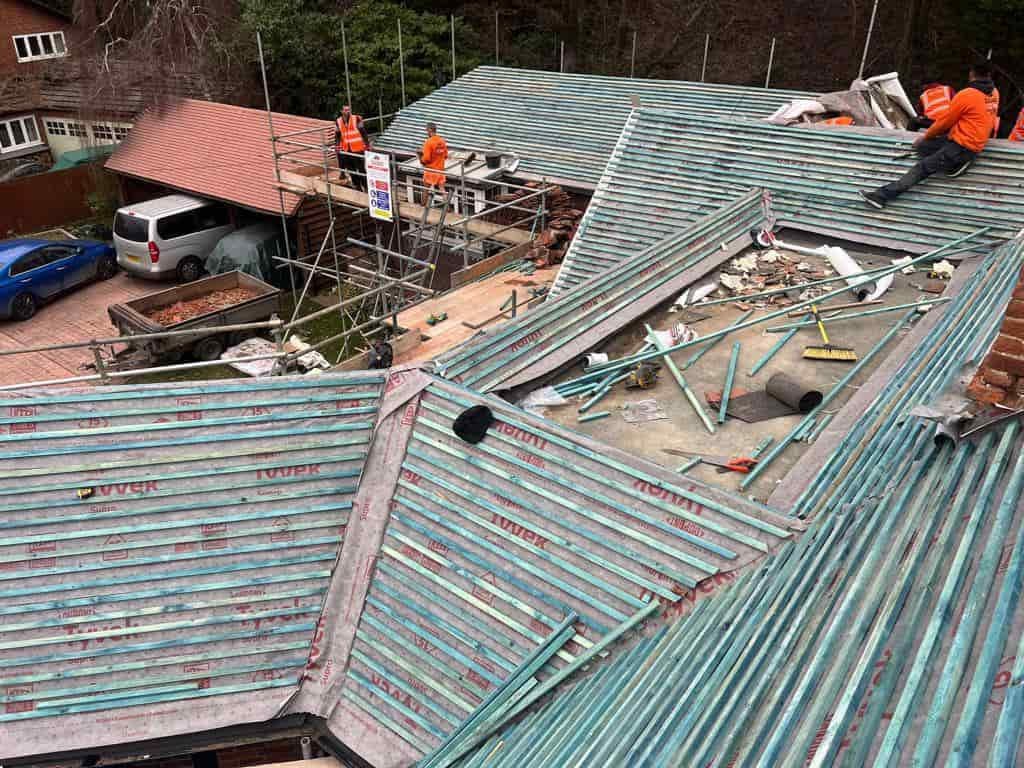Roof Tile Weight and Slipped Tile Risks: What You Should Know
Introduction: The roof of your home is one of its most critical components, and the integrity of your roof tiles is paramount to its performance. Roof tile weight plays a significant role in the stability and safety of your roof. In this blog post, we’ll explore the relationship between roof tile weight and the risk of slipped tiles, helping you understand why it’s essential to consider this factor in roofing.
Understanding Roof Tile Weight
Roof tiles come in various materials, including clay, concrete, slate, and metal. Each material has its weight characteristics, with clay and concrete tiles typically heavier than slate or metal tiles.
Roof tile weight is a critical factor for several reasons:
- Structural Integrity: The weight of roof tiles stresses your roof’s structure. If your roof is not designed to support the weight of the tiles, it can lead to structural issues over time.
- Wind Resistance: Heavier tiles are less likely to be lifted or displaced by strong winds, contributing to the overall durability of your roof.
- Slipped Tile Risk: Inadequate support or incorrect installation can result in slipped tiles, posing a risk to your roof’s functionality and safety.
Slipped Tile Risks
Slipped tiles occur when roof tiles become dislodged from their proper position. This can happen for various reasons, including:
- Inadequate Support: If the roof structure cannot bear the weight of the tiles, they may gradually shift or slide out of place.
- Incorrect Installation: Improperly installed tiles may not interlock securely, making them more susceptible to slipping.
- Weather-Related Factors: Extreme weather conditions, such as heavy rain, strong winds, or freezing temperatures, can weaken the bond between tiles and cause them to slip.
The Importance of Proper Installation
To mitigate the risk of slipped tiles due to roof tile weight, it’s essential to:
- Assess Roof Structure: Ensure that your roof structure is designed and built to support the weight of the chosen roof tiles. If you’re re-roofing, consult with roofing professionals to determine if any structural upgrades are necessary.
- Professional Installation: Hire experienced roofing contractors who are familiar with the specific requirements of your chosen roof tile material. Proper installation is critical to preventing slipped tiles.
- Regular Inspections: Schedule regular roof inspections to identify slipped or damaged tiles promptly. Early detection can prevent more extensive issues.
Conclusion: Roof tile weight is a crucial factor in the performance and safety of your roof. Understanding the relationship between roof tile weight and the risk of slipped tiles can help you make informed decisions about your roofing material and installation. Proper support, professional installation, and regular maintenance are essential steps in ensuring the longevity and functionality of your roof.
Call us on: 01405 808 195
Click here to find out more about LKP Roofing Thorne
Click here to complete our contact form and see how we can help with your roofing needs.

